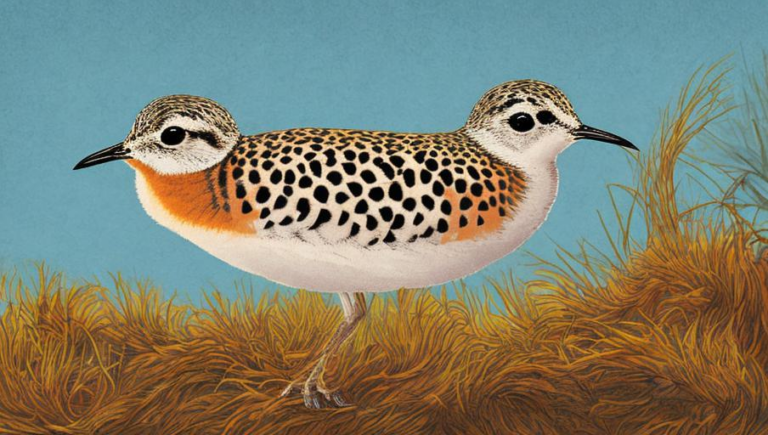Seeing the Albatross: Exploring its Habitat and Migration Patterns

Introduction
The albatross is an iconic bird species found in the open ocean, renowned for its impressive wingspan and long-distance migrations. These birds are often seen soaring in the air and spending long periods of time on the sea, making them a beloved sight for sailors and wildlife enthusiasts alike.
Habitat and Range
Albatrosses are found in a wide range of habitats, including oceanic coasts and islands, alpine and subantarctic islands, and temperate coastal regions. The majority of albatross species breed in the Southern Hemisphere, but some species breed in the Northern Hemisphere as well. These birds have the ability to fly for large distances, and can cover thousands of miles in a single journey.
Migration Patterns
Albatrosses have some of the longest migration patterns of any bird species, with some individuals traveling up to 10,000 miles in a single journey. Their migrations span entire oceans, and they can often be found in different parts of the world in different seasons. They typically travel from the Southern Hemisphere to the Northern Hemisphere during winter, and then return to their breeding grounds during the summer months.
Conservation Status
Unfortunately, albatrosses face a number of threats, including habitat destruction, fisheries bycatch, and climate change. As a result, many species are now listed as vulnerable, endangered, or critically endangered. Conservation efforts are underway to protect these species, but more work needs to be done in order to ensure the long-term survival of albatrosses.
Conclusion
The albatross is an incredible species, renowned for its impressive wingspan and long-distance migrations. Although they face a number of threats, conservation efforts are underway to protect these birds and their habitats. Seeing an albatross in its natural habitat is an unforgettable sight, and one that should be cherished and appreciated.





